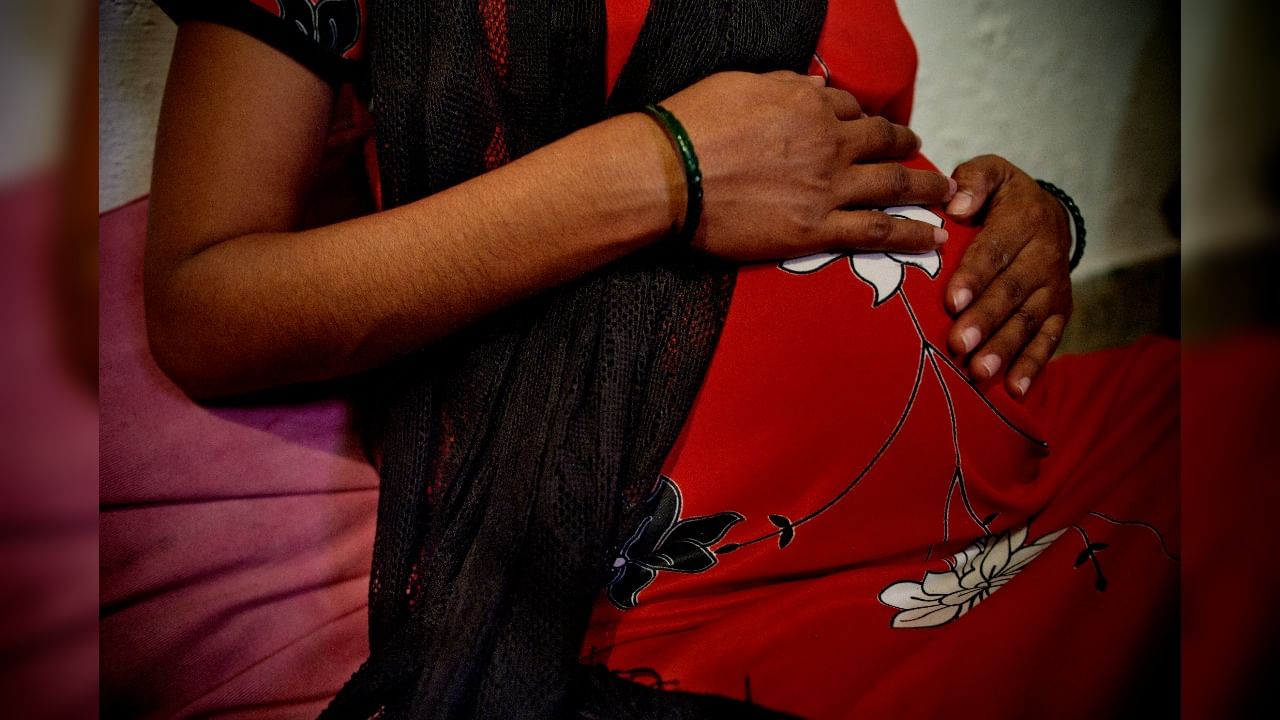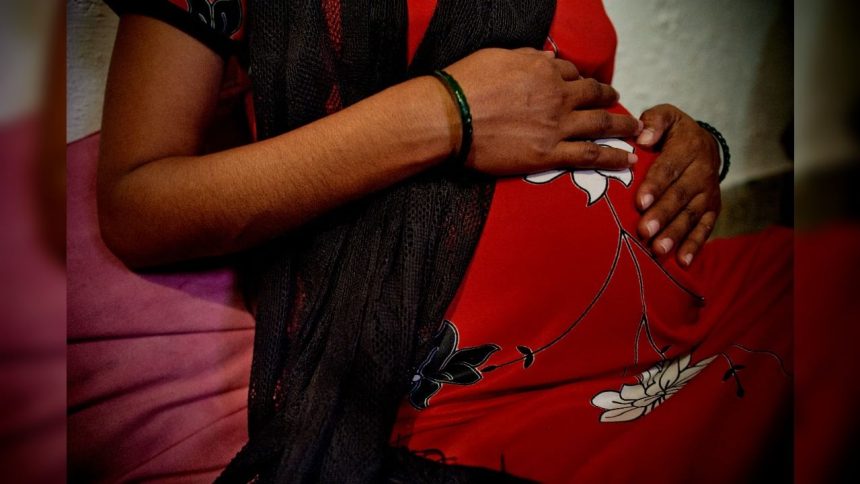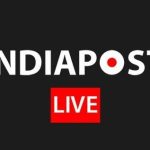
Latest government data has revealed that fertility rates in South India have declined more sharply than previously thought, suggesting a faster demographic transition than anticipated.
Fertility decline in South India sparks demographic concerns
According to the Sample Registration System (SRS) 2021 report, all five southern states — Tamil Nadu, Kerala, Karnataka, Andhra Pradesh, and Telangana — now have Total Fertility Rates (TFR) between 1.5 and 1.6. These figures are well below the replacement level of 2.1 needed to sustain a stable population over generations.
The new data, released by the Office of the Registrar General and Census Commissioner, highlights a steeper drop than earlier reported by the National Family Health Survey (NFHS-5), raising alarms about the long-term impact on the region’s economic and social stability.
The replacement fertility rate of 2.1 accounts for child mortality and women who may not have children. When fertility consistently falls below this level, population shrinkage is inevitable unless offset by migration.
State-wise TFR Drop:
- Tamil Nadu: 1.5 (down from 1.8 in NFHS-5)
- Kerala: 1.5 (down from 1.8)
- Andhra Pradesh: 1.5 (down from 1.7)
- Telangana: 1.6 (down from 1.82)
- Karnataka: 1.6 (down from 1.7)
A TFR of 1.5 implies that the next generation will be roughly 25 per cent smaller, in the absence of major migration. This trend mirrors the demographic trajectories of countries like Japan and South Korea, but in a region with lower per capita income and weaker social safety nets.
Urban-rural fertility convergence
Interestingly, the gap between urban and rural fertility is narrowing. In Tamil Nadu, rural TFR is now lower (1.4) than urban (1.5). Kerala shows a minor reversal, with urban TFR (1.6) marginally higher than rural (1.5). Other states reflect small differences as well.
National picture vs. North-South divide
India’s overall fertility rate is at 2.0, just below the replacement level. In contrast, many northern states continue to exhibit high fertility. For instance, Bihar’s TFR stood at 3.0, Uttar Pradesh’s at 2.7, Madhya Pradesh’s fertility rate was 2.6, Rajasthan’s at 2.4 and Jharkhand stood at 2.3.
Crude birth rate trends
The Crude Birth Rate (CBR) data further underscores the demographic divide. Bihar leads with 25.6 births per 1,000 people, while Kerala has the lowest at 12.9. South India’s lower birth rates stem from higher female literacy, better healthcare access, delayed marriages, and greater participation of women in the workforce.
Southern states like Tamil Nadu (13.4), Andhra Pradesh (15.4), and Telangana (16.1) maintain much lower birth rates than their northern counterparts.
In Kerala, the urban CBR (13.0) now slightly exceeds the rural rate (12.8), suggesting an emerging trend toward convergence.
The road ahead
Experts warn that persistently low fertility could have severe repercussions for society and the nation. These range from having an ageing population, shrinking labour force, increased burden on pension and healthcare systems, and rising dependency ratios.
The South may soon grapple with the same challenges faced by ageing societies in Europe and East Asia. However, these have to be tackled without comparable economic cushioning. Policymakers will need to address these shifts proactively to maintain growth and social stability.










